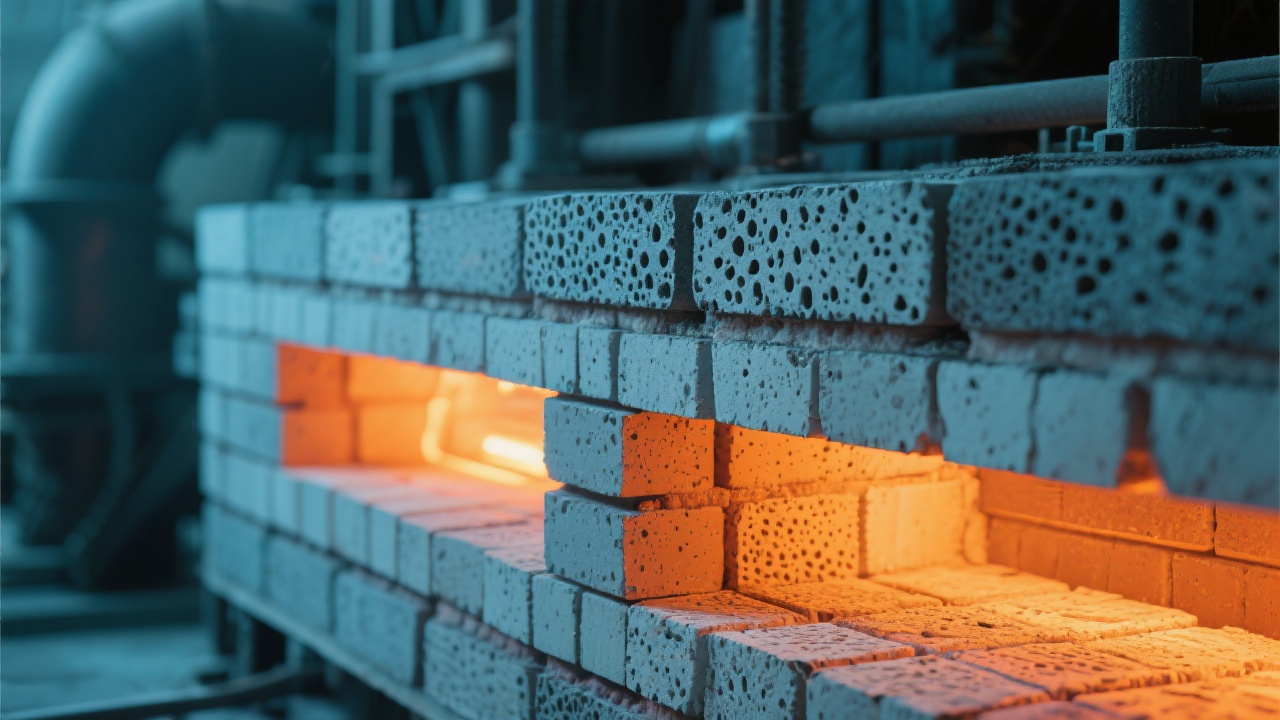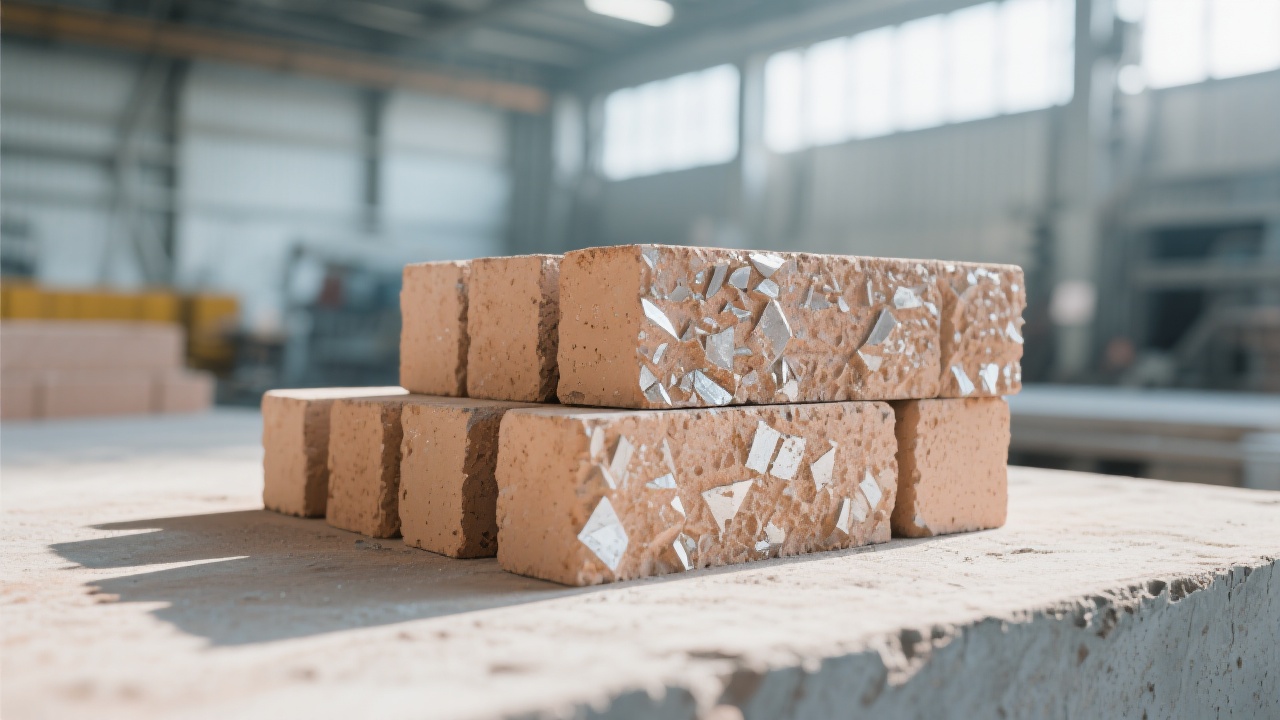
In the demanding environment of modern steelmaking, where furnaces undergo frequent startups and rapid thermal changes, the durability of refractory linings significantly influences operational stability and efficiency. Among these materials, mullite refractory bricks have emerged as a robust solution, offering superior creep resistance and thermal shock stability. This article delves into the microstructural advantages of mullite bricks, compares them against traditional high-alumina bricks, and provides practical insights from frontline engineers on selection, installation, and maintenance. The goal is to equip technical managers and operational staff with actionable knowledge to extend refractory service life, minimize downtime, and enhance furnace performance.
Mullite (3Al2O3·2SiO2) exhibits a unique crystalline structure characterized by interlocking needle-like grains that provide outstanding mechanical strength at elevated temperatures. This microstructure significantly reduces deformation under sustained loading—a critical factor known as creep resistance—allowing the bricks to withstand stresses generated during thermal cycling and mechanical load.
Compared to traditional high-alumina bricks containing 70–80% Al2O3, mullite bricks maintain structural integrity at temperatures exceeding 1400°C with a creep deformation rate reduced by up to 30%, based on industry test data. Their lower thermal expansion coefficient (typically below 5.5 × 10-6/K) also mitigates thermo-mechanical strain, enhancing thermal shock resistance during rapid temperature fluctuations common in furnace cycling.

Case studies from leading steel producers reveal that integrating mullite refractory bricks in critical furnace zones reduces unscheduled shutdowns caused by brick failure by approximately 25% over 12 months. One major plant reported a 15% lift in melting throughput due to fewer interruptions and consistent heat retention.
Successful application hinges not only on material properties but meticulous selection and installation practices. Engineers stress the importance of matching brick grade to the specific thermal profile and mechanical load conditions of the furnace area. Proper joint filling and anchoring methods are equally vital to prevent crack initiation points.
Routine monitoring plays a pivotal role in extending service life. Key early warning signs include the emergence of thermal shock cracks and measurable creep deformation, often detected visually or through non-destructive methods such as ultrasonic pulse velocity testing.
Below is a recommended monitoring routine for furnace refractory surfaces:
| Inspection Frequency | Method | Key Focus Areas |
|---|---|---|
| Daily Visual | Surface Inspection | Crack formation, spalling |
| Weekly NDT | Ultrasonic Testing | Internal deformation and voids |
| Monthly Thermal Mapping | Infrared Thermography | Hot spots indicating refractory wear |

Engineering teams advocate a preventive maintenance plan aligned with operating cycles and wear data. This typically includes:
Adopting such rigor reduces unexpected outages and safeguards furnace structural integrity.
"Switching to mullite bricks was a game changer in our facility—thermal stability improved, and downtime related to refractory failure decreased drastically." – Senior Process Engineer, Leading Steel Manufacturer
Monitoring technical parameters helps in decision-making and optimizing refractory usage:
| Parameter | Typical Values for Mullite Bricks | Impact on Furnace Operation |
|---|---|---|
| Load Softening Temperature | > 1400°C | Ensures mechanical stability under load |
| Creep Deformation Rate | < 0.1% after 100h at 1500°C | Predicts long-term dimensional stability |
| Thermal Expansion Coefficient | ≈ 5.3 × 10-6/K | Reduces thermal stress under rapid temperature swings |
*Data references based on industry standards YB/T 5008 and multiple mill test reports.

Ready to enhance your steel furnace’s resilience with advanced mullite refractory bricks?
You are invited to download the complete “Mullite Refractory Brick Maintenance Manual” or contact our experts for a tailored furnace lining consultation.


